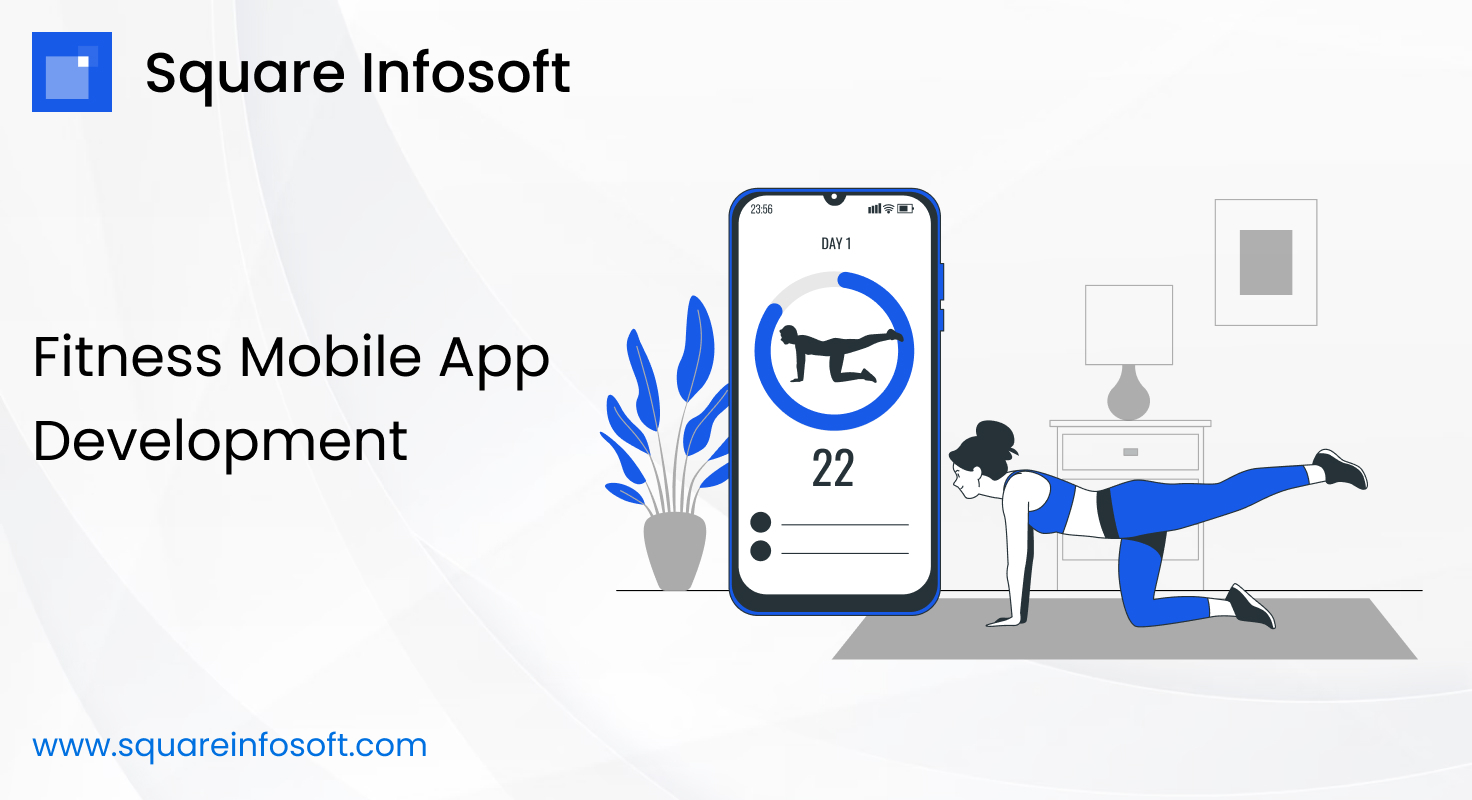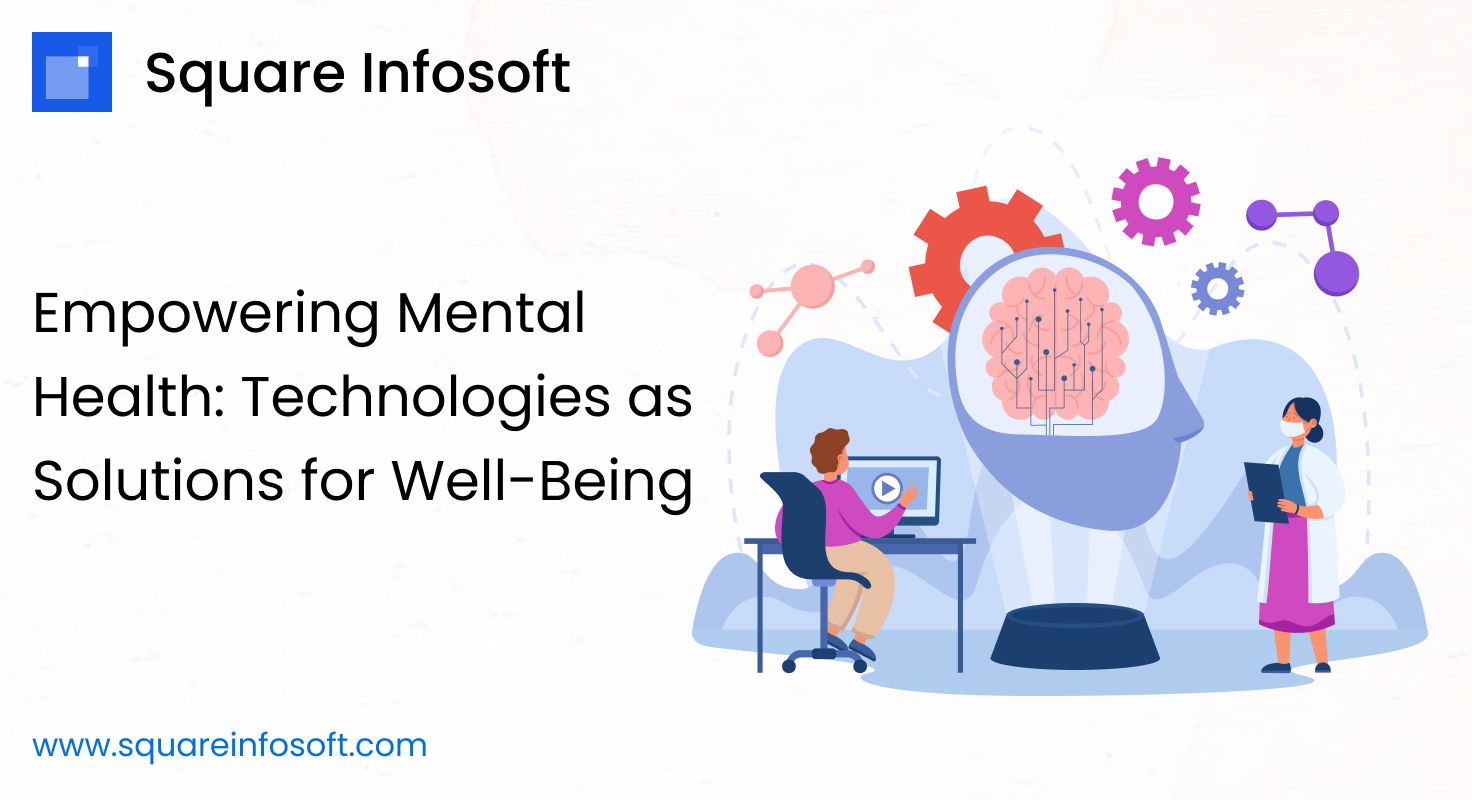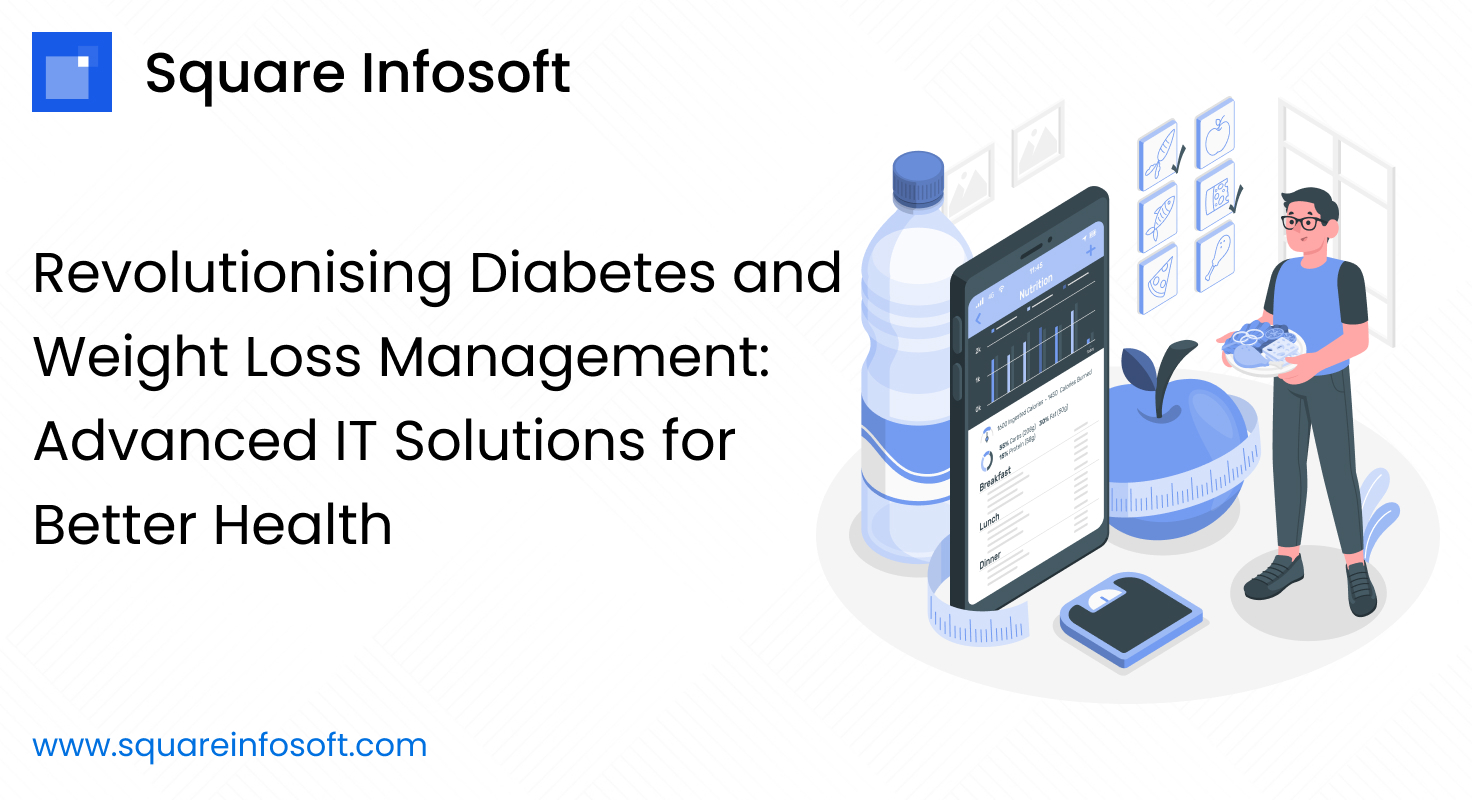Developing a fitness mobile app can empower users to achieve their health and wellness goals. Here’s a concise guide to help you create a successful fitness app:
1. Define Your App’s Focus:
- Determine whether your app will focus on workouts, nutrition tracking, goal setting, or a combination of these.
2. Core Features:
- User Registration: Allow users to create accounts and profiles.
- Workout Plans: Provide a variety of workout routines with text and video instructions.
- Nutrition Tracking: Include features to log meals, count calories, and monitor macros.
- Progress Tracking: Enable users to track their fitness progress, including weight, measurements, and performance.
- Goal Setting: Allow users to set fitness goals and receive personalized recommendations.
- Social Features: Implement social sharing, challenges, or community forums.
- Wearable Device Integration: Integrate with fitness wearables to track activities and sync data.
- Workout Reminders: Send notifications to remind users of their scheduled workouts.
- Analytics: Provide insights into user’s fitness data and progress.
3. Design and User Experience (UX):
- Create an intuitive and visually appealing interface with easy navigation.
- Ensure the app provides clear workout instructions and progress tracking.
4. Platform and Technology Selection:
- Choose the platforms (iOS, Android, or both) and programming languages (Swift, Kotlin/Java) that align with your target audience.
5. Development:
- Develop the app’s front-end and back-end components, including user registration, workout plan delivery, and data storage.
- Implement secure authentication and data protection measures.
6. Integration:
- Integrate with APIs for fitness data, nutrition databases, and wearable devices.
- Utilize geolocation services for tracking outdoor activities.
7. Testing and Quality Assurance:
- Thoroughly test the app for functionality, performance, and data accuracy.
- Ensure compatibility with various devices and screen sizes.
8. Deployment:
- Publish the app on app stores (Apple App Store, Google Play Store) following their guidelines.
- Create compelling app descriptions, screenshots, and promotional materials.
9. Marketing and User Acquisition:
- Develop a marketing strategy to attract fitness enthusiasts (online advertising, social media, fitness influencer partnerships).
- Highlight unique features such as workout variety, personalized recommendations, or community engagement.
10. Continuous Improvement:
- Gather user feedback to make regular updates and enhancements.
- Stay updated on fitness trends and emerging health technologies.
The development of a fitness mobile app represents an exciting opportunity to empower individuals in their pursuit of health and wellness goals. Throughout this guide, we’ve outlined the key steps and considerations involved in creating a successful fitness app, from defining its focus to continuous improvement.
By incorporating core features such as user registration, workout plans, nutrition tracking, and progress monitoring, fitness apps can offer comprehensive solutions to users seeking to improve their fitness levels. The integration of social features and wearable device compatibility further enhances the user experience and engagement, fostering a sense of community and accountability.
Design and user experience play a critical role in the success of a fitness app, as users expect intuitive interfaces and clear guidance in their fitness journey. Therefore, investing in user-centered design principles and thorough testing is essential to ensure the app’s usability and effectiveness.
Choosing the right platforms, technologies, and integration partners is crucial for delivering a seamless and reliable fitness app experience across different devices and user preferences. Additionally, an effective marketing strategy is essential to attract and retain users, leveraging online advertising, social media, and partnerships within the fitness community.
Continuous improvement is key to maintaining the relevance and competitiveness of a fitness app in the dynamic health and wellness landscape. By actively gathering user feedback, staying abreast of fitness trends, and embracing emerging technologies, developers can iteratively enhance their app’s features and functionalities to better serve their users’ evolving needs.
Ultimately, the success of a fitness app lies in its ability to inspire and support individuals in achieving their health and wellness aspirations. By providing personalized, effective, and engaging fitness experiences, these apps have the potential to make a meaningful impact on people’s lives, fostering healthier habits and lifestyles for the long term.




